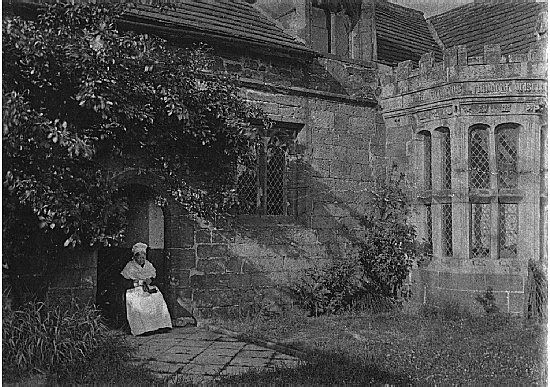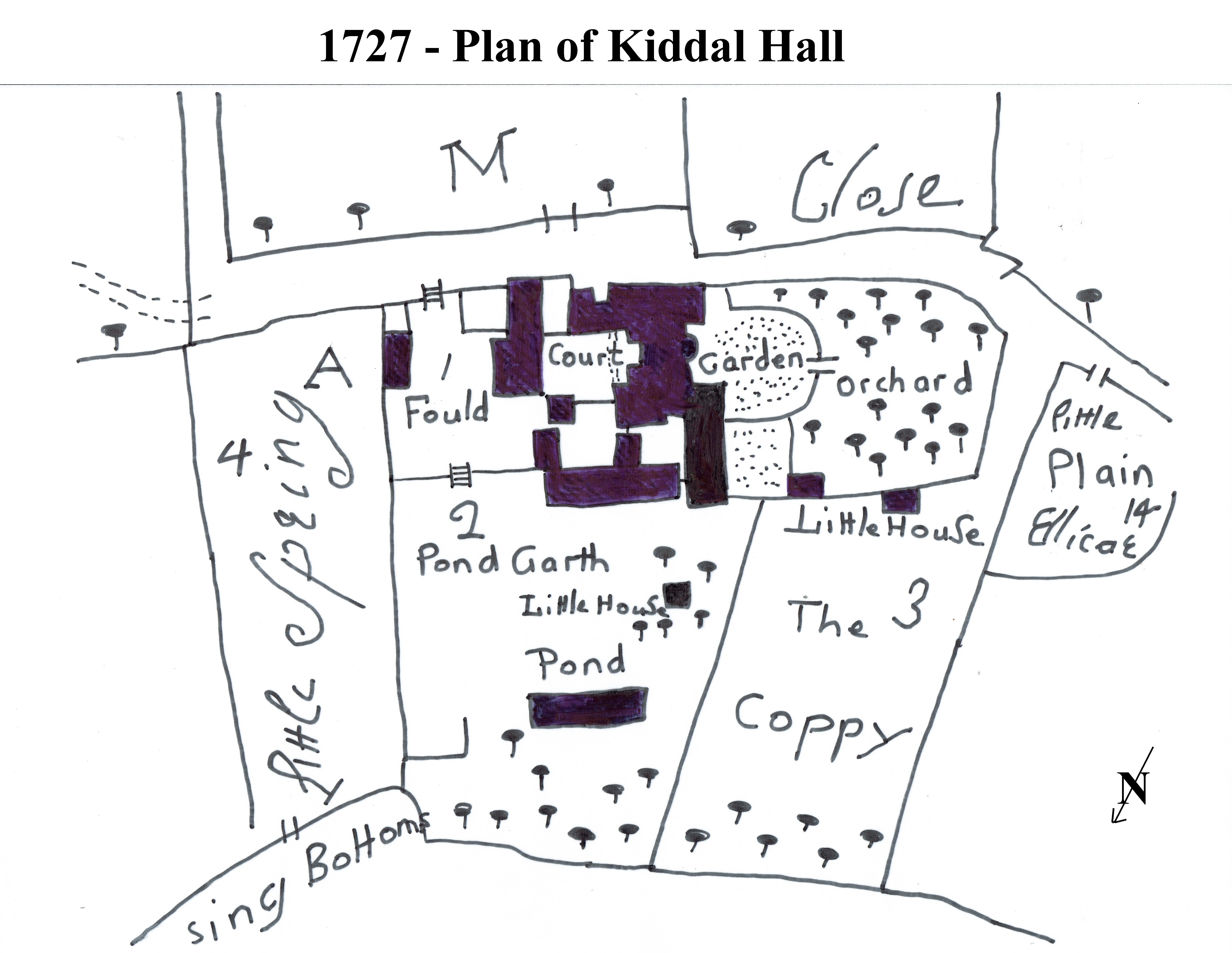 |
 |
|
* the oriel window with its leaded lights and stained glass escutcheons * an oak ceiling from the Great Hall * carved oak plate and the interesting features of the gable ended bay * the stone doorway and door, * six stone mullioned double windows * five stone mullioned triple windows * a quantity of constructional timbers from other parts of the hall |
 |